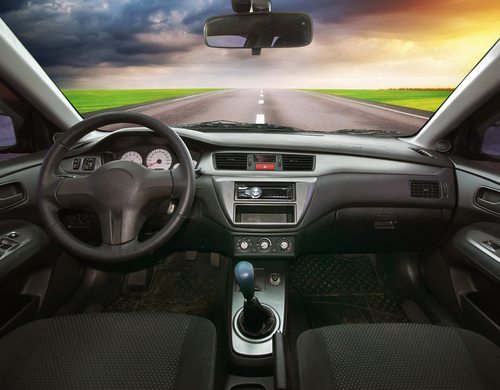 Driverless cars aren’t a trope of science fiction anymore. Instead, you can see them on the streets in six U.S. states, and a seventh state is now in the process of drafting legislation, so even more driverless cars will soon be on the road.
Driverless cars aren’t a trope of science fiction anymore. Instead, you can see them on the streets in six U.S. states, and a seventh state is now in the process of drafting legislation, so even more driverless cars will soon be on the road.
But what does this technology look like several years down the road? Here’s a brief glimpse into the future of what you can expect.
The Market
The utopian version of autonomous cars has an eye on efficiency. There’d be no need for ownership of a car, as there would be enough for everyone, and each car would be used by multiple people everyday. Each car would get nearly constant use instead of sitting empty the majority of the time.
However, there are two reasons this isn’t completely possible. First, car manufacturers can’t look at this model and feel as if their profits wouldn’t take a hit. When cars are shared among a vast population, it decreases the demand. However, you’ve probably already seen Car2Go, which is a car share program for those who live in urban areas, and while there is a clear demand for car-shares that would stretch all the way to autonomous vehicles, the automobile industry can’t look at this option with anything but trepidation. The second reason is there will always be people who want a nicer product. The upper-middle class and upper class will want style since they can afford it, which makes the ownership of cars unlikely to go away.
Even still, driverless cars are likely to see a push in car-share format, so don’t be surprised if you see this in the coming years.
Where Technology Is Now
It’s easy to think that driverless cars are still some years away, but autonomous technology is already in some, if not many, high-end cars. For instance, Ford has helped develop parallel park assistance, which is less assistance and more of a self-park feature. The driver only pulls up to the car in front of the space they wish to park, shifts their car into reverse, and the car’s computer takes over.
The fully autonomous car, which is spearheaded by Google, is a tricky machine. Not only is it programmed with typical driving instructions like how to signal, change lanes, identify stop signs, and speed limits, it also must be programmed to recognize much more complicated scenarios like road construction, cyclists, and road debris. Each one of these scenarios is another part of the program that runs the Google car, and while they have made leaps and bounds on this project since its conception, the work is still ongoing.
The Technology That Will Improve
Google released a statement that their driverless car team took control of autonomous cars 341 times between September of 2014 and November of 2015. That’s a lot, but so were the miles covered in that time, which was 423,000 miles. Since 2009, Google cars have traveled 1.2 million miles and been in 17 crashes, however the autonomous Google car was not at fault in any of these crashes.
Google has announced in the past that they predicted autonomous vehicles would be in the open marketplace by 2020. However, one of the biggest issues is that the Google car must be statistically safer than human drivers before it’s a viable option in the auto market.

